Next Steps!
Next Steps:
Each particular building trade has different requirements. Review the following to determine if you’re qualified or not qualified for your preferred craft. Note that each location or craft may have varying requirements. For specific information, please contact the Training Program in your area.
Organizations to Help You Get Qualified:
Below is a list of organizations to help you meet the requirements for a building trades apprenticeship program.
Get your high-school GED: Take your first step towards graduation and find a test site near you.
Get Your Driver’s License: Get started online to apply for or renew your Driver’s License.
Meet the Math Pre-Requisites
Pass the Written Exam
Pass a Drug Test
Apprenticeship Readiness Programs:
Before you select a union craft within the construction industry, we want to give you the chance to try them out. Our Apprenticeship Readiness Training Programs informs and empowers candidates, like yourself, in their decision-making process to pick a craft that’s best for them. Discover your life possibilities.
About the Trades:
There are many crafts and sub-trades within the building trades industry. Below you can explore your options and narrow your interests.
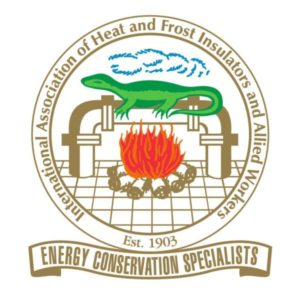
International Association of Heat and Frost Insulators and Allied Workers
Members of this union apply insulation to pipes, tanks, boilers, ducts, refrigeration equipment and other surfaces requiring thermal control of temperatures. The responsibilities of these mechanics, improvers and apprentices also include the manufacture, fabrication, assembling, molding, erection, spraying, pouring, mixing, hanging, preparation, application, adjusting, alteration, repairing, dismantling, reconditioning, corrosive control, testing and maintenance of heat or frost insulation. Workers also handle insulation materials made of fiberglass, rubber, calcium silicate and urethane. Insulators also do removal of asbestos-containing material.
Training Center: International Apprentice and Training Fund
9602 M.L. King Jr. Hwy.
Lanham, MD, 20706
Phone: 301.731.9101
Fax: 301.731.5058
Email: thaun@insulators.org
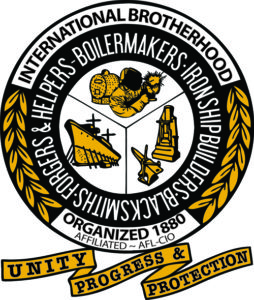
International Brotherhood of Boilermakers, Iron Ship Builders, Blacksmiths, Forgers and Helpers
The Boilermakers are a diverse union of workers in construction, maintenance, manufacturing, professional emergency medical services, repair and related industries. Boilermakers build and repair ships, fishing boats, ferries, barges, cranes, boilers, tanks, pressure vessels, plate and structural fabrications among other things. These skilled workers often use acetylene torches, power grinders and other equipment for welding, burning, cutting, rigging, layout and bolting. It’s hard work, and heavy lifting and dedication to the craft is required.
Training Center: Boilermakers National Apprenticeship Program
753 State Avenue, Suite 480
Kansas City, KS 66101
Phone: 913.342.2100
Fax: 913.342.2158
Email: kmccomb@bnap.com
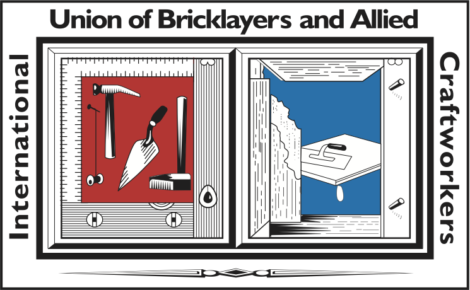
International Union of Bricklayers and Allied Craftworkers
BAC represents all skilled trowel trades workers, including bricklayers, tile setters, plasterers, cement masons, marble masons, restoration workers, stonemasons, helpers or finishers, terrazzo and mosaic workers. Their work includes buildings, homes, stadiums, monuments and landmarks throughout the United States and Canada.
Training Center: International Masonry Institute
17101 Science Drive
Bowie, MD 20715
Phone: 800.JOBS.IMI (800-562-7464)
Email: imitraining@imiweb.org
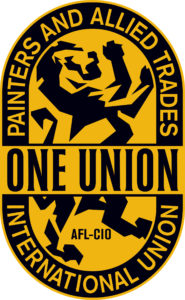
International Union of Painters and Allied Trades
IUPAT members work in one or more of several crafts: painting, wallpaper hanging, glazing (glass work), drywall and taping, floor covering, and sign and display work. Painters and paperhangers work in industrial, commercial and residential settings, from bridges and ships to interior walls of office buildings and homes. Drywall finishers tape, fill in and smooth seams in sheets of drywall. Glaziers prepare and install various kinds of glass, mirrors, metal framing and doors/entrances to buildings. Floor coverers work with resilient floors, as well as carpet and decorative coverings. Exterior sign and display work, like billboards, is another choice. Other types of work are convention display and show decorators.
Training Center: Finishing Trades Institute
7230 Parkway Drive
Hanover, MD 21076
Phone: 800.276.7289
Email: FTIInternational@IUPAT.org
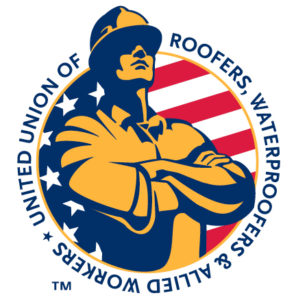
United Union of Roofers, Waterproofers and Allied Workers
Members of the Roofers union install new roofs and remove old roofs using a variety of materials. Roofers install hot built-up and single-ply roofing systems on mostly commercial/ industrial structures. Waterproofers install moisture-resistant products on below-grade structures and other surfaces to prevent water intrusion into buildings. The work is performed in all weather conditions. Members also operate a variety of mechanical and electrical equipment associated with the installation of roofing and waterproofing products.
Training Center: Research and Education Joint Training Fund
1660 L. Street, NW, Suite 800
Washington, DC 20036-5646
Phone: 202.463.7663
Fax: 202.463.6906
Email: roofers@unionroofers.com
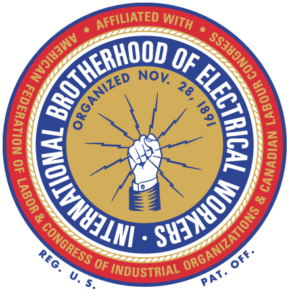
International Brotherhood of Electrical Workers
The IBEW represents workers in the electrical industry including construction, gas and electric utilities, telecommunications, railroads and government agencies. Construction and residential electricians work in all phases of the electrical construction and service industry. Their worksites range from single-family residences to state-of-the-art industrial plants. Inside wire workers may install and maintain conduits, switches and converters, as well as wire lighting, to complex systems incorporating computerization and high technology. Electricians work in the electric sign industry and increasingly perform more work in the installation of fiber optics and voice/data/video equipment.
Training Center: Electrical Training Alliance
5001 Howerton Way, Suite N
Bowie, MD 20715
Phone: 888.652.4007

International Association of Sheet Metal, Air, Rail, and Transportation Workers
SMART members work in several industries. Sheet metal workers fabricate, install and service heating, venting, and air conditioning (HVAC) systems; blowpipe and industrial systems; metal roofing; coping and flashing; and stainless steel work for restaurants, kitchens and hospitals. They prepare shop and field drawings manually and with computer programs. Members also provide HVAC and refrigeration service.
Training Center: Sheet Metal – International Training Institute
Find a Training Center
8403 Arlington Blvd, Suite 100
Fairfax, VA 22031
Phone: 703.739.7200
Fax: 703.683.7461
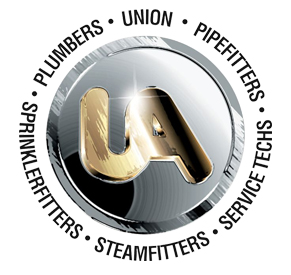
United Association of Journeymen and Apprentices of the Plumbing and Pipe Fitting Industry of the United States and Canada
UA is a multi-craft union that represents plumbers and pipe, sprinkler, and refrigerator fitters, as well as service technicians. All of these jobs require the installation, remodeling or maintenance of systems that carry water, steam, air and other liquids or gases necessary for sanitation, industrial production, heating and air conditioning, and many other uses. Workers measure, cut, and bend pipe, as well as weld, braze, caulk, solder, glue or thread joints at residential and commercial job sites.
Training Center: UA Training Fund
Three Park Place
Annapolis, MD, 21401
Phone: 410.269.2000

International Union of Operating Engineers
IUOE members are operating and stationary engineers, as well as significant numbers of public employees, engaged in a wide variety of occupations. Stationary engineers work in operations and maintenance in building and industrial complexes, and in the service industries. Operating engineers operate heavy construction equipment such as cranes, bulldozers, pavers, trench excavators and many other kinds of equipment used in constructing buildings, dams, airports and highways. Operating engineers also work in the sand and gravel, cement and asphalt industries; in the shipyards; on water dredges, oil refineries and oil pipelines; in sewer and water construction; in ports of major cities and many other industries. Most work is done outdoors and depends on the weather. Operating Engineers’ work includes, for example, cranes, bulldozers, pavers and trench excavators.
Training Center: IUOE National Training Fund
1125 17th Street, NW
Washington, DC 20036
Phone: 202.429.9100
Contact Us Form
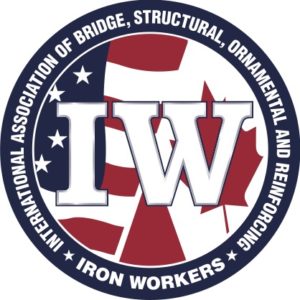
International Association of Bridge, Structural, Ornamental and Reinforcing Iron Workers
Members of the Iron Workers assemble and erect steel framework and other metal parts in buildings and on bridges, dams, skyscrapers, factories and other steel structures. They raise, place and join steel girders and columns to form structural frameworks, including the welding for metal decking. In addition, ironworkers are responsible for the steel reinforcing of concrete construction. Ironworkers fabricate and install ornamental, architectural and miscellaneous metal building components. They install curtain wall as well under the umbrella of the Ornamental and Architectural Department.
Training Center: National Training Fund
1750 New York Ave, NW, Suite 400
Washington, DC, 20006
Phone: 202.383.4800
Fax: 202.638.4856
Email: iwmagazine@iwintl.org
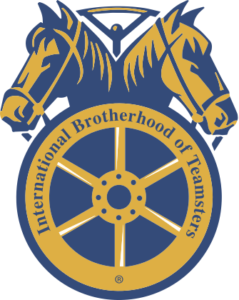
International Brotherhood of Teamsters
The Teamsters union has several divisions, including a Building Material and Construction Trades Division. Members in this division are truck drivers who transport and haul material, merchandise, equipment or personnel between various locations–including construction sites, manufacturing plants, freight depots, warehouses, and wholesale and retail facilities. They may also load and unload, make mechanical repairs and keep trucks in good working order. Building material and construction Teamsters are employed in the following types of work: rigging, demolition work, landscaping, pipeline construction work, warehousing and building supply manufacturing.
Training Center: Teamsters National Pipeline Training
Emma Butterbaugh
Phone: 314.651.2645
Contact Us Form
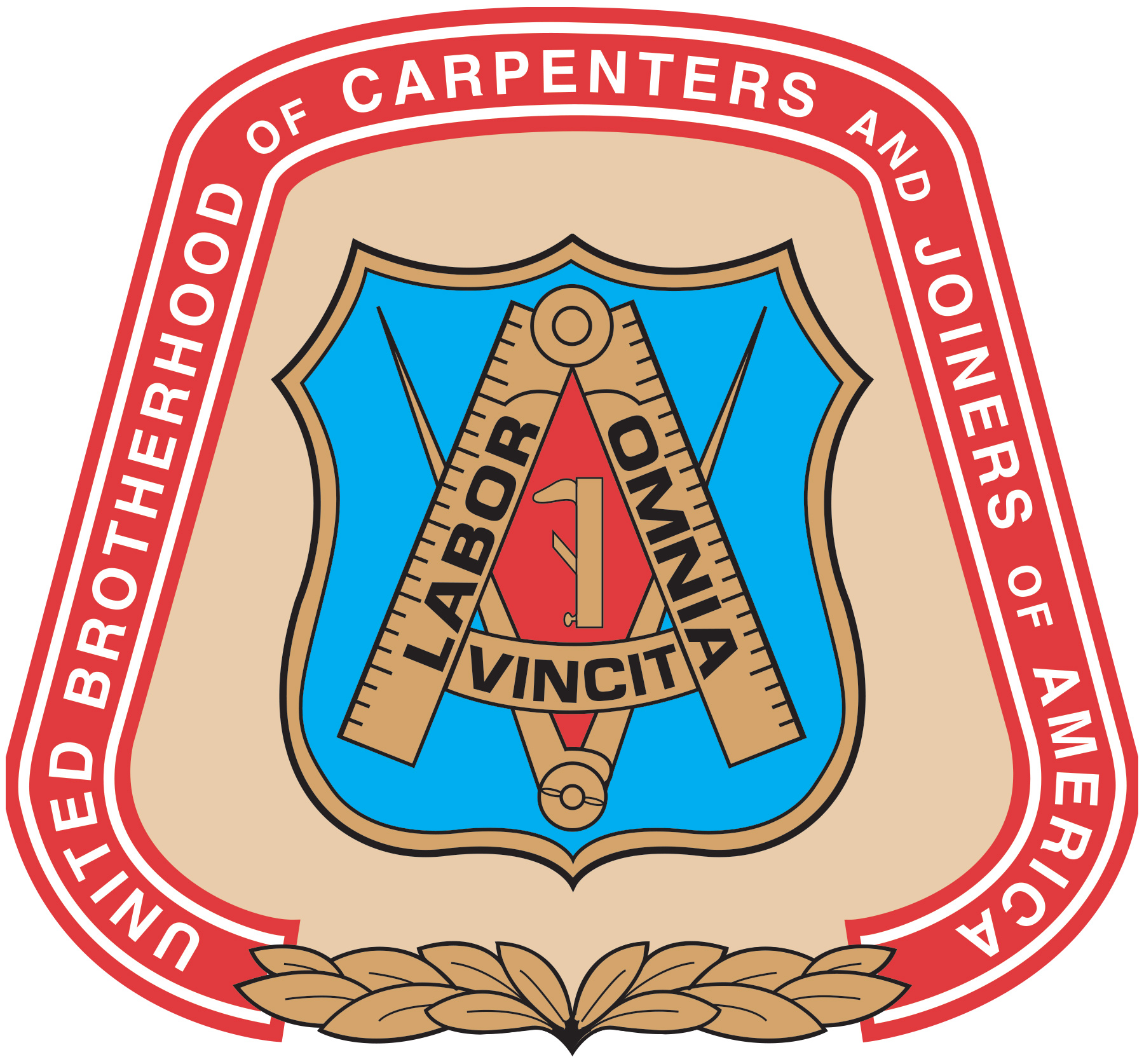
United Brotherhood of Carpenters and Joiners of America
Members of the UBC are commercial and residential carpenters, floor layers, millwrights, pile drivers, interior systems carpenters, lathers, cabinetmakers and trade show carpenters. They build forms for concrete and frame buildings, walls, footings, columns and stairs. Carpenters also install doors, windows, storefronts and handrails, and build cabinets, countertops and finished stair handrails. Carpenters must read blueprints, measure accurately and calculate dimensions. Carpenter crafts include, Carpenters and Joiners, Millwrights, Pile Drivers, Residential Carpenters, Interior Systems Carpenters, Lathers and Drywallers, Cabinet Makers and Millworkers and Floor Layers.
Training Center: Locate a Training Center Near You

Laborers’ International Union of North America
LIUNA represents members working in construction, environmental remediation, maintenance, food service, healthcare, clerical and other occupations, as well as in state, local and municipal government jobs and as mail handlers in the U.S. Postal Service. LIUNA members have helped lay down new highways, build spectacular bridges, dig tunnels and subways, build new plants, factories, dams and power plants, and erect new schools, churches, hospitals and houses. In building construction and housing, Laborers’ work includes excavation, footing and foundations, carpenter tending, compaction, concrete placement, power and hand tools, general clean-up and mason tending for bricklayers. Environmental laborers do asbestos removal, hazardous waste and radiation clean-up. The work performed by Laborers is very physical and it includes digging, carrying, pulling and bending— usually outside in all kinds of weather for long hours at a time. Laborers’ work includes, for example, excavation, footing and foundations, carpenter tending, compaction, concrete placement, power and hand tools, general clean up and mason tending for bricklayers.
Training Center: Training and Apprenticeship Institute
10 Murdock Road
Pomfret Center, CT 06259
Phone: 860.974.0800
Fax: 860.974.1459
Contact Us Page
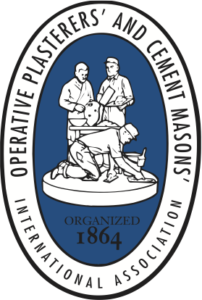
Operative Plasterers’ and Cement Masons’ International Association of the United States and Canada
OPCMIA members represent skilled plasterers, cement masons, shop hands and associated members. Plasterers finish interior walls and ceilings of buildings, apply plaster on masonry, metal, wire lath or gypsum. Bridges, canals, dams, reservoirs, roads and many other engineering feats would be impossible without the skills of OPCMIA cement masons. Cement masons are responsible for all concrete construction, including pouring and finishing of slabs, steps, wall tops, curbs and gutters, sidewalks, paving and other concrete construction.
Training Center: OPCMIA Training Department
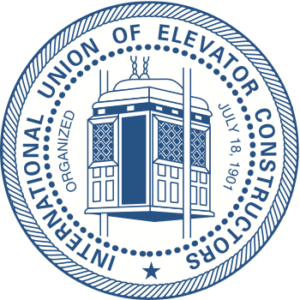
International Union of Elevator Constructors
The IUEC represent the most qualified and trained elevator constructors in the world. Members assemble, install and replace elevators, escalators, dumbwaiters, moving walkways and similar equipment in new and old buildings. Elevator constructors also maintain and repair this equipment once it is in service, as well as modernize older equipment.
Training Center: National Elevator Industry Educational Program
11 Larsen Way
Attleboro Falls, MA 02763
Phone: (800) 228-8220
Email: support@neiep.orghttps://nabtu.org/youre-ready/?preview=true
DISCLAIMER:
Meeting all of the requirements for an apprenticeship program does not guarantee you a position in an apprenticeship. We strongly encourage you to speak directly with appropriate staff at each of the trading centers outlined above to discuss your circumstances. A representative from the NABTU team will also contact you shortly.
